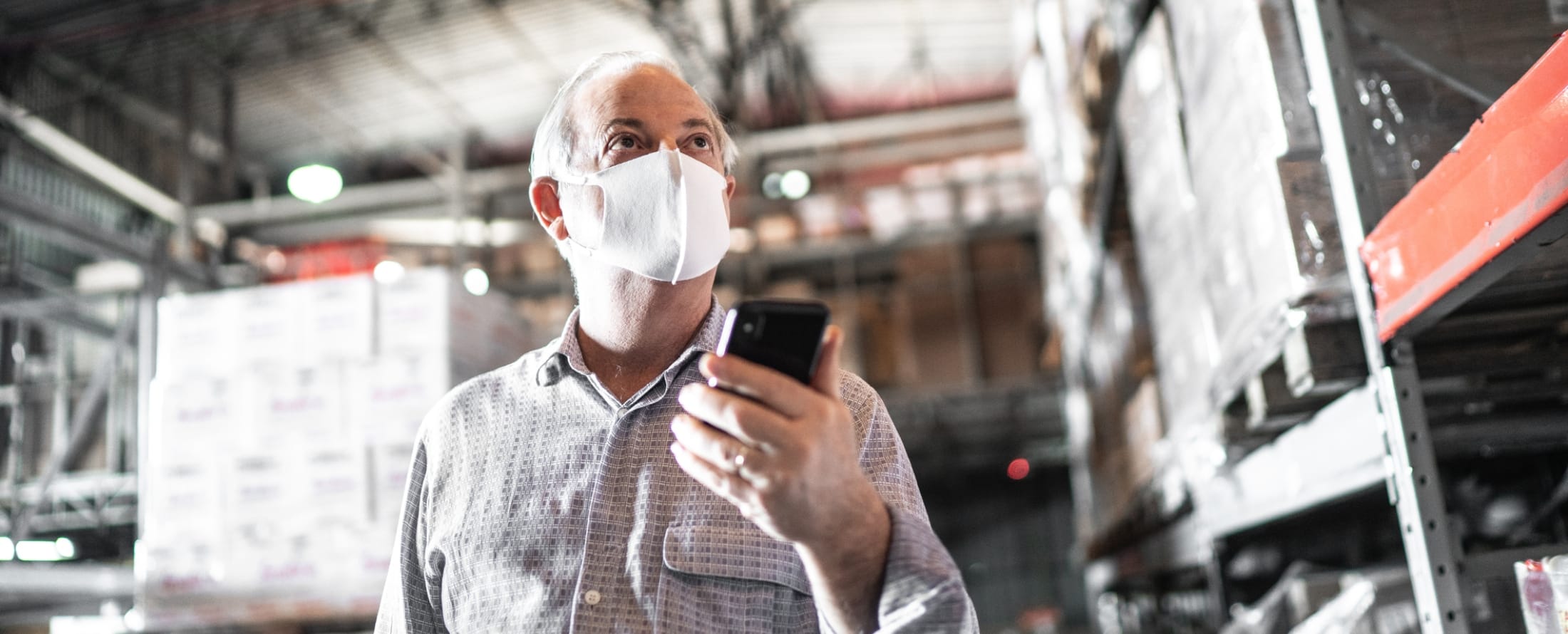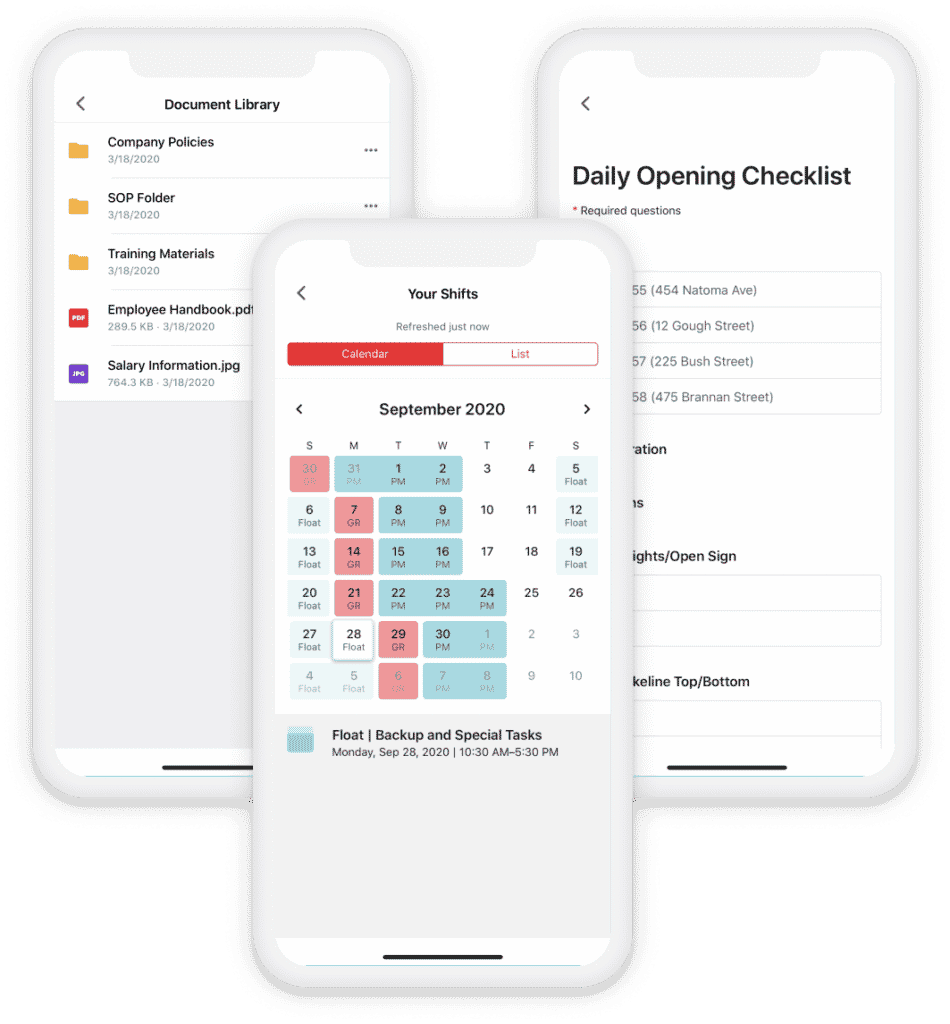[New eBook!] Welcome To The Frontline Future of Work

Frontline workers are essential. They always have been, but in 2020, these vital employees unquestionably kept our society functioning throughout a global pandemic.
As businesses start to put 2020 behind them, we want to ensure these employees’ needs don’t go forgotten. This is why we took an in-depth look at the realities of being a frontline worker and what the future of work looks like for them.
Ready to jump in? Here’s a quick sneak peek at some of the topics covered in our latest eBook.
Who Are Frontline Workers?

According to the Brookings Institution, there are 50 million individuals that qualify as frontline workers. This accounts for the bulk of people active in the U.S. essential industries of:
- Healthcare and public health
- Public safety and law enforcement
- Food and agriculture
- Energy
- Water
- Transportation and logistics
- Public works
- Communications and information technology
There are other industries deemed ‘essential.’ But in our day-to-day lives, essential means the cashiers, bus and delivery drivers, nurses and doctors, childcare providers, and everyone else that kept our world going when everything else stopped.
As the national spotlight remains on supporting these key workers, so does the need to do better by them.
The Rise of Operational Communications
Frontline employees have carried the weight of their countries on their backs for over a year now. Yet, they still lack the support they need in terms of compensation, workplace safety measures, and basic digital tools.
It’s time to do more. It’s time to give frontliners a voice.
According to Gartner, operational communication supports a “more structured and purposeful conversation around specific use cases and outcomes such as field service, hospitality operations, and clinical administration.”
Operational communication starts at the bottom. With a bottom-up communication approach, employee feedback, engagement, and experience are priority number one.
There are many benefits to operational communications, including:
- Streamlining processes and reduced friction in the workplace
- Maintaining business agility
- Enhancing workplace safety measures and communication
However, remember to watch out for operational communication missteps. With operational miscommunication, businesses and employees suffer from:
- Wasted time, effort, and resources
- Duplicated tasks
- Increased (unnecessary) costs
- Delays, delays, delays
One way many businesses are promoting operational communication is through mobile tools frontline workers use most.
The Frontline’s Future: Digital Enablement

One of the most effective ways to maximize operational communication benefit is to enable frontline workers with a digital mobile-first platform they can easily access.
Digital platforms, like Beekeeper, help essential employees stay connected, empowered, and engaged. They also help businesses navigate a swarm of new workplace issues, such as:
- Staying on top of new labor regulations that decide how, when, and where a frontline worker operates
- Connecting with an increasingly diverse workforce, who often speaks multiple languages
- Ensuring company knowledge and know-how is accurately distributed to the workforce, no matter where they are
- Empowering employees to make sound business decisions anywhere, anyhow with easily accessible information
If 2020 has taught us anything, digital enablement through mobile tools is where the future of work is for the frontline. However, businesses need to understand the full process of frontline digitization to reap the operational and cultural benefits.
Download the full eBook to learn more!
About the author
Cristian Grossmann
CEO and Co-Founder, Beekeeper
Cris is CEO and Co-Founder of Beekeeper, an award-winning digital workplace app that digitizes the non-desk workforce in 137+ countries by connecting operational systems and communication channels within one intuitive platform. Beekeeper helps companies increase performance and productivity, enhance employee engagement, reduce turnover costs, and elevate corporate culture. Prior to founding Beekeeper, Cris worked for Accenture on high profile international projects in the field of IT Strategy for the financial and public sectors. Cris studied Chemical Engineering and got his Ph.D. in Electrical Engineering, both at ETH Zurich. Before moving to beautiful Zurich, Cris was born and raised in an entrepreneurial Swiss-Mexican family in Mexico City.
Interested in learning more?
Join 1200+ companies transforming frontline work with Beekeeper. Start your journey today to make every task easier, every team stronger, and every shift smoother.








